Mining rockets for the Uragan MLRS
Based on cassette
For the MLRS "Hurricane" from the very beginning, the 220-mm rocket projectile 9М27К was offered, equipped with a cluster head of the 9Н128К type. Such ammunition carried 30 fragmentation warheads. Later, on its basis, the 9X27K1 rocket was developed with the 9X516 warhead equipped with new submunitions. Further development of cluster shells for the Hurricane led to the appearance of remote mining rockets.
The first samples of this kind were created by the beginning of the eighties. Over the next few years, three shells with different "contents" and different destinations went into the series. At the same time, the design and basic characteristics of new products differed minimally.
By their design, mining shells are minimally different from other ammunition for the "Hurricane". In fact, we are talking about installing a new warhead on an existing body with a rocket engine. The remote tube responsible for triggering the warhead was also borrowed from existing missiles.
Shell 9M27K2 "Incubator"
In 1980, the Soviet Army received the 9X27K2 missile equipped with the 9X128K2 cluster head and TM-120 tube. The length of such a projectile is less than 5,18 m, the starting weight is 270 kg. The payload head weighs 89,5 kg. In terms of firing range, the Incubator did not differ from other Hurricane shells and allowed delivering mines to a range from 10 to 35 km.
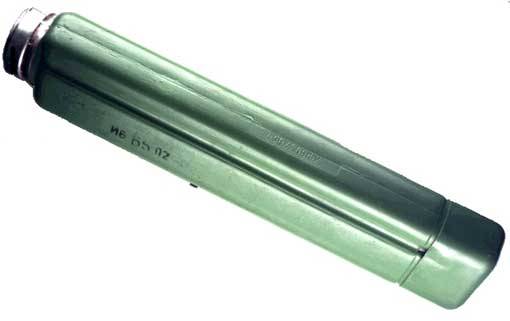
Anti-tank mine PTM-1. Photo Saper.isnet.ru
Payload of the product 9М27К2 - 24 anti-tank mines PTM-1. Mines were placed in three tiers of eight each. In place, the mines were held by shrouds and diaphragms. The release of ammunition from the shell was carried out by a squib and an incoming air stream.
The anti-tank mine PTM-1 has a length of 337 mm and is made in a hull close to a triangular section. Weight - 1,6 kg, including 1,1 kg of explosive. The mine is equipped with a fuse type MVDM with a liquid target sensor. Undermining is carried out at a pressure on the mine shell with an effort of at least 120 kg. Undermining the main charge damages the undercarriage of a run-in car. The fuse becomes platoon within 1-2 minutes after being dropped from a rocket; self-liquidator triggers after 3 hours on the ground.
When firing a full salvo of 16 shells at maximum range, one Uragan MLRS plantes with mines a site measuring 900x900 m in size - 81 ha. 384 mines are thrown at him, due to which a field of sufficient density is created. With a minimum firing range, the size of the site is reduced to 400x600 m (24 ha), while the density of mining increases.
Shell 9M27K3 "Incubator"
In the same period, the 9M27K3 rocket was created and adopted for service, designed to counter enemy infantry. It was equipped with a head part 9Н128К3 with a TM-120 tube. In its dimensions and mass, the rocket is similar to another version of the “Incubator”. The head parts of the two types also do not differ in size and weight.
Inside the head part of the 9H128K3 in three tiers 12 cassettes KPFM-1M are longitudinally placed; next to them is a blowout charge. Each cartridge holds 26 anti-personnel mines PFM-1С. In total, the rocket carries 312 min. On the descending part of the trajectory, the projectile must drop the cassettes, after which they open and scatter their contents across the terrain.
Mine PFM-1С is the simplest anti-personnel ammunition of the smallest size. The diameter of the product does not exceed 120 mm, the mass is only 80 g. 40 g of explosive is placed inside a light plastic case. A fuse of push action becomes on a combat platoon within 1-10 minutes after a reset. A self-liquidator is provided, triggered after 1-40 hours after a platoon.
When firing at maximum range in a salvo of 16 9M27K3 shells, mines are scattered along an ellipse of up to 150 ha. The average distance between individual mines does not exceed 10 m. To create a denser minefield, several volleys may be required.
Shell 9M59 "Nebula"
In 1989, they adopted the 9X59 rocket, designed for anti-tank mining of the terrain. The main element of this product is the 9H524 type cassette warhead, connected to a standard missile part and a standard tube. Despite the change in payload, the dimensions of the missile assembly and basic flight characteristics remained the same.
Inside the 9H524 product, nine anti-tank mines PTM-3 are placed - in three tiers of three units. The discharge of mines is carried out by a squib and is performed on the descending part of the trajectory.
The PTM-3 product is made in the form of an oblong box-shaped device with a length of 330 mm and a mass of 4,9 kg. A rectangular charge of 1,8 kg mass is used, the lateral surfaces of which, together with the body drifts form cumulative recesses. The blasting is carried out by the VT-06 magnetic fuse and is designed to hit the caterpillar or the bottom of the target. The transition to the combat position takes 1 minutes, the operating time is no more than 24 hours.
16 Nebula shells deliver PTM-144 mines to a designated 3 area. The area of their fall has an area of up to 250 ha. The average distance between adjacent fallen mines is approx. 50 m. Thus, there may be a need for several volleys to create a minefield of sufficient density.
Advantages and disadvantages
Mining rockets for the Uragan MLRS were created taking into account the experience of creating and testing similar weapons for Grad systems. 122-mm shells confirmed the fundamental possibility of creating and using mining missiles, but showed insufficient characteristics. The payload of the 122-mm missiles was lower than desired due to limitations in hull size and launch weight.
An 220 mm caliber projectile has a larger internal volume available to accommodate payloads, such as anti-tank or anti-personnel mines. These capabilities were also used due to the increased carrying capacity of the rocket. As a result of this, three types of 220-mm mining shells with increased efficiency were created. However, such shells for the "Hurricane" in terms of basic parameters are inferior to the 300-mm ammunition of the Smerch MLRS.
Due to the shells of remote mining, the Uragan MLRS acquires an additional function and can help engineering departments in organizing mine-explosive barriers. At the same time, the installation of mines is carried out at a great distance, which may be useful in some situations.
At the same time, logistical or organizational difficulties are possible. The laying of mines requires the supply of appropriate ammunition in addition to other missiles. The organization of mining may not always be appropriate. If the enemy is within the reach of the Hurricanes, high-explosive charges or fragmentation submunitions can be much more useful than mines.
However, mining missiles for the "Hurricane" entered service and went into arsenals. Similar products were also created for the Smerch MLRS. Thanks to these developments, the Soviet and Russian army gained new opportunities in the field of mining, providing themselves with certain advantages over a potential enemy.
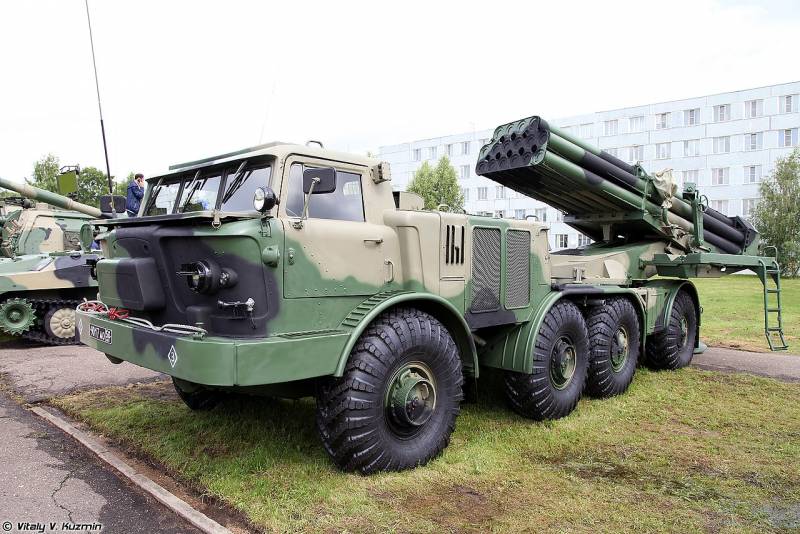


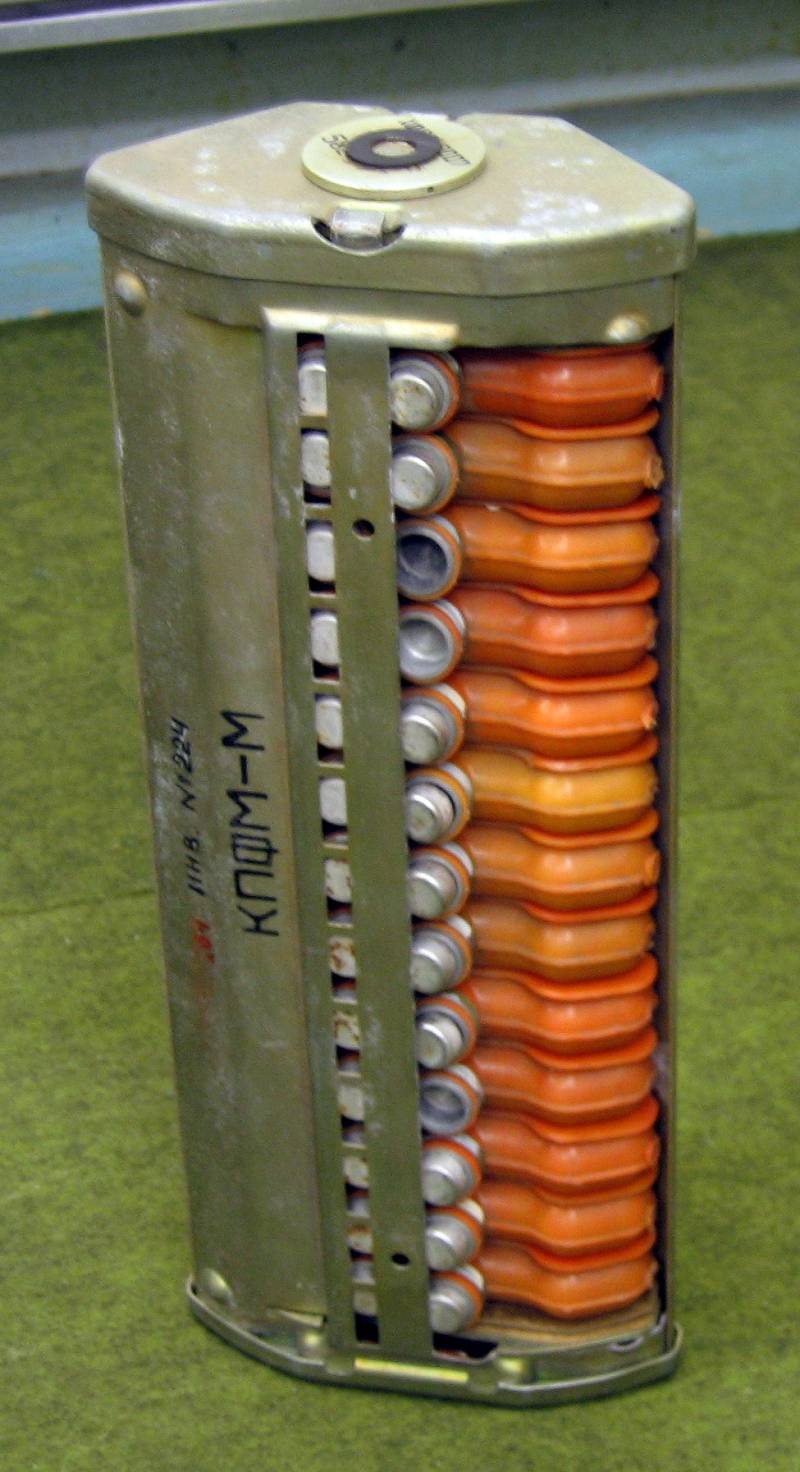
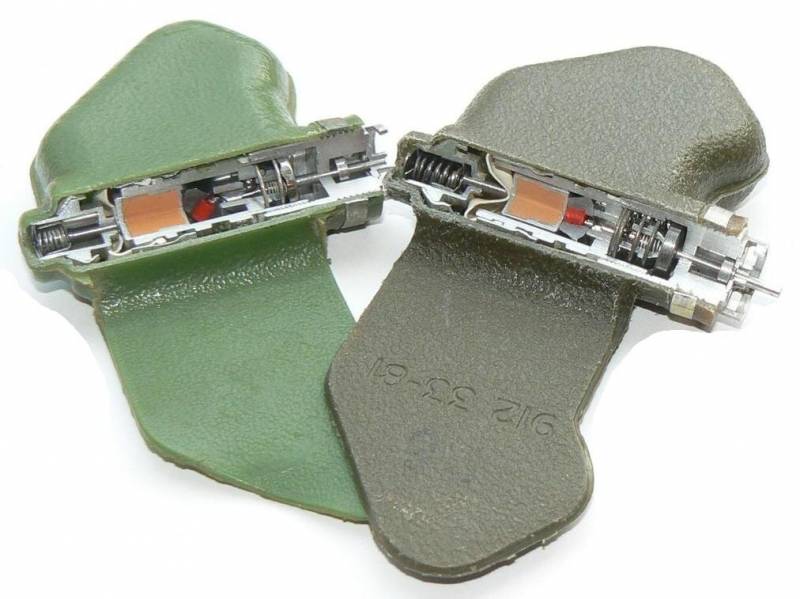
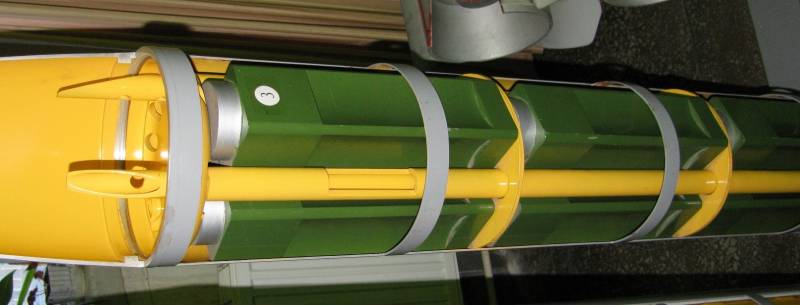
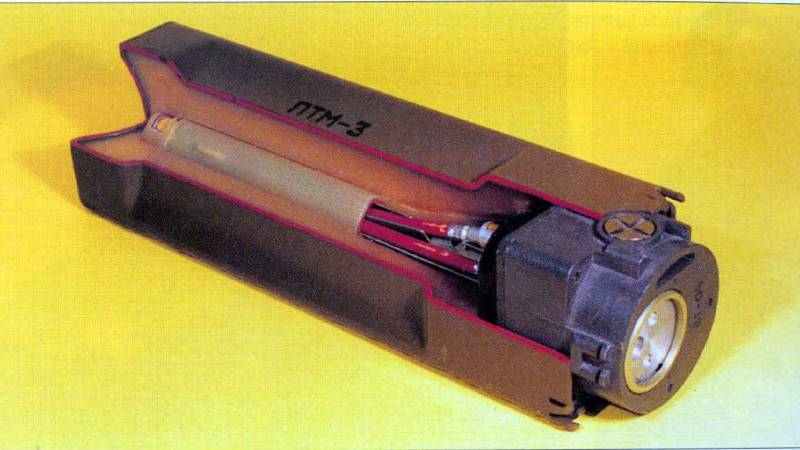
Information